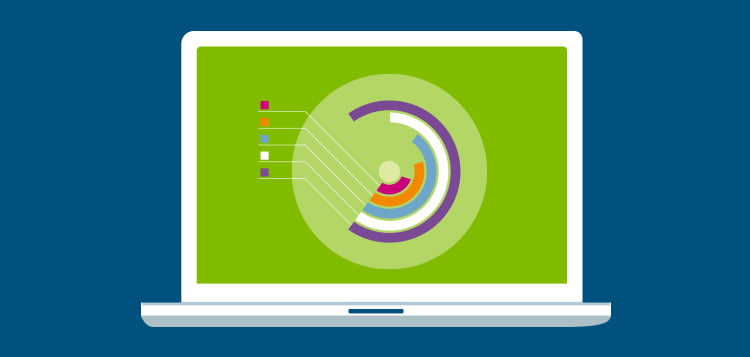Interested In Discovering Exactly How Internet Site Style Has Advanced Throughout The Years? Discover The Trip From Simple Designs To User-Centered Approaches
Interested In Discovering Exactly How Internet Site Style Has Advanced Throughout The Years? Discover The Trip From Simple Designs To User-Centered Approaches
Blog Article
Web Content By-Hartley Peters
In the past, web sites were simple and concentrated on info. Navigating was direct, and layout was for desktop computers. Now, customer experience is vital. Data guides designs for very easy navigating. Receptive formats suit various devices. Today, dark setting reduces pressure, and minimalist food selections improve navigating. Interactive functions involve individuals, and strong visuals attract attention. AI integration increases interaction. See exactly how design has progressed to improve your on the internet journey.
Early Days of Website Design
In the very early days of website design, simpleness reigned supreme. Websites were basic, with limited colors, fonts, and formats. The emphasis got on providing info instead of showy visuals. Users accessed the internet with slow dial-up links, so speed and performance were key.
Navigating mouse click the next page were straightforward, typically situated at the top or side of the web page. Web sites were developed for desktop, as mobile surfing wasn't yet common. Content was king, and designers focused on very easy readability over complex layout elements.
HTML was the main coding language made use of, and designers had to function within its restraints. Animations and interactive functions were marginal contrasted to today's standards. Websites were static, with little dynamic material or personalized customer experiences.
Increase of User-Focused Layout
With the evolution of website design, a change in the direction of user-focused design principles has actually come to be progressively prominent. Today, producing web sites that focus on individual experience is crucial for involving site visitors and achieving service goals. User-focused design includes recognizing the needs, choices, and behaviors of your target market to tailor the site's design, web content, and includes appropriately.
Designers now perform thorough study, such as user studies and functionality screening, to gather insights and feedback straight from customers. This data-driven approach helps in producing user-friendly navigating, clear calls-to-action, and aesthetically attractive user interfaces that reverberate with visitors. By putting the user at the facility of the layout process, web sites can provide a much more tailored and pleasurable experience.
Responsive design has actually likewise emerged as a vital facet of user-focused design, ensuring that sites are optimized for numerous devices and display dimensions. https://www.searchenginejournal.com/on-page-seo/image-optimization/ and use, accommodating the diverse methods individuals communicate with internet sites today. Fundamentally, the increase of user-focused style signifies a change towards creating digital experiences that focus on the demands and expectations of completion user.
Modern Trends in Web Design
Discover the current patterns shaping website design today. One prominent pattern is dark setting layout, supplying a sleek and modern-day look while decreasing eye pressure in low-light environments. One more essential fad is minimalist navigating, simplifying menus and enhancing customer experience by concentrating on essential elements. Incorporating micro-interactions, such as computer animated buttons or scrolling impacts, can produce an extra appealing and interactive website. Receptive style continues to be essential, guaranteeing smooth user experiences throughout various tools. Furthermore, using vibrant typography and unbalanced layouts can include aesthetic interest and accentuate particular content.
Incorporating AI modern technology, like chatbots for client assistance or tailored referrals, boosts individual involvement and enhances procedures. Availability has also become a substantial fad, with designers focusing on inclusive layout practices to satisfy varied individual requirements. Embracing sustainability by enhancing site efficiency for speed and efficiency is one more emerging trend in web design. Working together with customer feedback and data analytics to iterate and enhance style continuously is vital for remaining pertinent in the ever-evolving electronic landscape. By welcoming these modern patterns, you can create a visually attractive, straightforward web site that reverberates with your audience.
Verdict
As you reflect on the evolution of web site layout from the early days to currently, you can see just how user-focused layout has become the driving force behind modern fads.
Accept the journey of adjustment and adjustment in website design, constantly maintaining the customer experience at the forefront.
Tippingpointdigital
Keep current with the most recent fads and modern technologies, and never quit evolving your strategy to create aesthetically sensational and straightforward internet sites.
Evolve, adapt, and develop - the future of website design remains in your hands.
